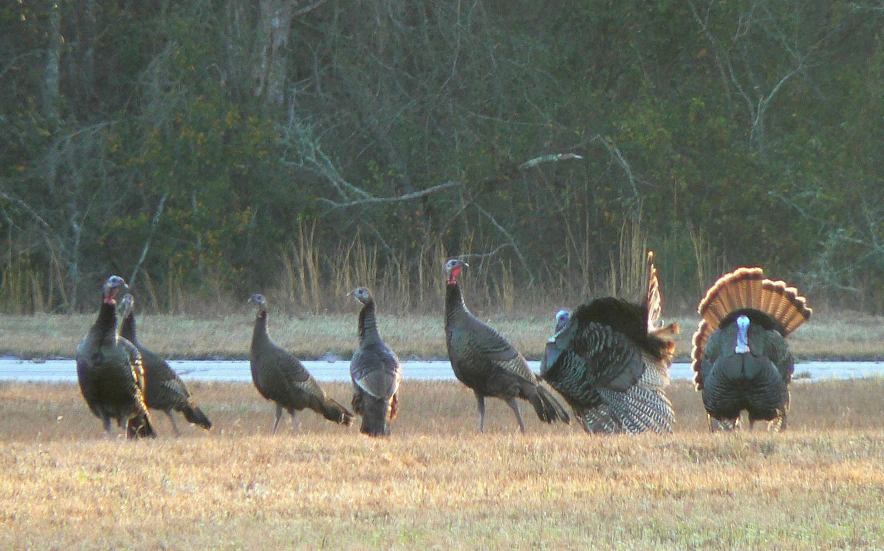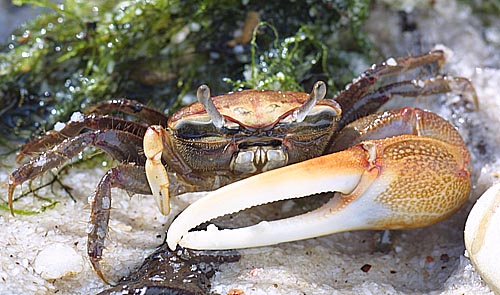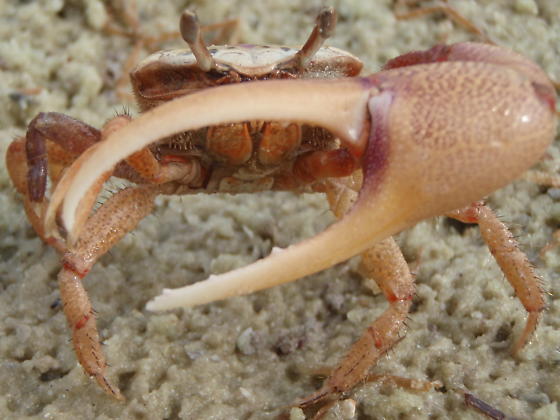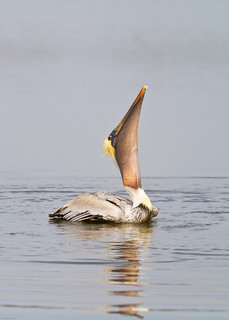
This week we observe the 238th birthday of American
Independence. In this modern era it is commonly believed that if one of the
signers of the Declaration of Independence had had his way, we'd be celebrating,
not the American eagle, but the American turkey, as our national bird. Benjamin
Franklin is thought to have preferred that the North American turkey rather
than the eagle be depicted on the Presidential Seal, and that he justified his
preference on the turkey's uniquely indigenous status and upon its "moral
superiority" to the eagle. Not exactly. The elder statesman expressed his
opinions on the subject in a letter to his daughter saying, “For my own part I
wish the Bald Eagle had not been chosen the Representative of our Country. He
is a Bird of bad moral Character. He does not get his Living honestly." He
continued, "... the Turkey is in Comparison a much more respectable Bird,
and withal a true original Native of America… He is besides, though a little
vain & silly, a Bird of Courage." He added that the eagle on the seal
looked "more like a turkey," and that observation pleased him. Thus,
the seeds of confusion were sown. The popular belief has taken such deep root
that even the National Geographic reports the myth. According to the Franklin
Institute, Ben's choice for the national seal had no bird on it whatsoever.

But let's take a moment to understand the wild turkey's "respectable"
qualities, and to examine Franklin's claim to its status as "a true
original Native of America." Keep in mind, this is the North American wild
turkey, Meleagris
gallopavo, not the behemoth domesticated
turkey that dominates our Thanksgiving tables. Domesticated turkeys have a more
"complicated" lineage. They are the products of intensive breeding to
produce a hefty bird with plenty of breast meat. The birds are so large they
can hardly walk, let alone reproduce; artificial insemination takes care of
that function, and ensures a standard-unit gargantuan turkey as its result.

In contrast, North American wild
gobblers (male turkeys) weigh only a third of their farm-bred brethren, between
16-24 pounds; females average 8-12 pounds. One or more subspecies of wild
turkey occupies every state in the continental US, and parts of Canada and
Mexico. It's hard to believe that these birds were on the brink of extinction
in the 1930's, but thanks to conservation efforts, especially those of hunters,
they have made a dramatic comeback. The Eastern wild turkey, M. gallopavo silvestris, has the widest distribution, from Canada to north Florida and west of
the Mississippi. Florida has its own subspecies, M. gallopavo osceola. Named after the Seminole chief, Osceola, this bird occupies the
panhandle, and depending upon which source you reference, the counties south of
Duval. Three other subspecies occupy states from the mid-West to the West
Coast. Whatever the experts say, a turkey goes where it pleases. Which is why
turkeys were herded just like cattle when brought to market, back in the
1800's.

Turkeys are social creatures;
within a flock, each individual has its own "pecking order," no pun
intended. They have a wide variety of vocalizations used to communicate danger,
pleasure, and communion to each other. When a group of them gets together at
night they can sound like a heathen cult celebrating a sylvan festival. So much
for a simple, "gobble-gobble." A mother turkey will vocalize to her
chicks, making clucking sounds before they hatch to help them imprint on her, thus
aiding her instruction of them in basic survival techniques. Sounds like a
pretty respectable critter so far.
While the domestic turkey is
physically incapable of the act of reproduction, the male wild turkey takes
this responsibility very seriously. During breeding season, males become more
colorful; the head and feathers may undergo several color changes. Their waddle
and the tubular snood that drapes its bill enlarge and brighten. They also vocalize
and dance while fanning out their tail feathers. All to attract the drab little
females.

At the author's home, the
breeding season for our own backyard visitors takes on a bar-scene atmosphere. The
dominant gobbler will clear a circular patch of ground for his performance
stage. Within it he will dance and fan his feathers in a display that is
obviously proof of his physical stamina. The ladies will stare across the pond
with their backs to him, in feigned indifference. When the excitement gets too
much for one damsel, she will try to break away from the group and sneak off
with her Romeo. It's then that the turkey pecking-order becomes evident. The
dominant female will hustle off to collect the wayward bird and bring her back
to the fold. After a respectable amount of time elapses, the dominant female
then struts over to his highness and they leave the scene together. He'll be
back for the others later. Meanwhile the immature males are running circles
around any female in sight, hoping perhaps to exhaust her into submission. Try
again next year, sonny.

At least Franklin's notion that
the turkey is a true New World indigenous animal must be correct. Not entirely,
as it turns out. Until Europeans arrived in the New World there were two
species of native American birds: one in Central America and another ranging
into Canada. When the Spanish encountered native peoples raising the Central
American species, they mistakenly believed them to be a variety of grouse from
Turkey and misnamed them "turkeys." They brought the New World birds
back to the Old and bred them; 200 years later the colonists reintroduced them
to the Americas as domesticated animals. Farmyard turkeys are hardly the true
native originals Franklin thought them to be.
European Americans had no corner
on myths about the turkey. Native Americans had many stories involving turkeys
or explaining aspects of their appearance or behavior. Turkeys could be
tricksters and thieves, or noble characters that aided people in distress. Feathers
and other parts of the bird could convey special powers on the human wearer.
So, the eagle never was in danger of losing its status as
the official bird of the United States. Just as well, too. When Apollo 11 made
the first manned visit to the moon, the crew landed in a vessel named for our
national bird. How very different the report from Neil Armstrong, "The
Eagle has landed," would have sounded if our national bird had been the
turkey.
Enjoy the 4th of July, but please remember all those
fireworks cause wild turkeys, eagles, and other creatures a great deal of
stress - not to mention the hazards of explosives and the post-celebration
litter. Even if the turkey is not the noble creature of Franklin's estimation,
it and its fellow creatures deserve our respect on holidays and every day. And
decide for yourself which of these birds has the better "character" -
read our April 9 Facebook
post on the eagle as a National Symbol.
























